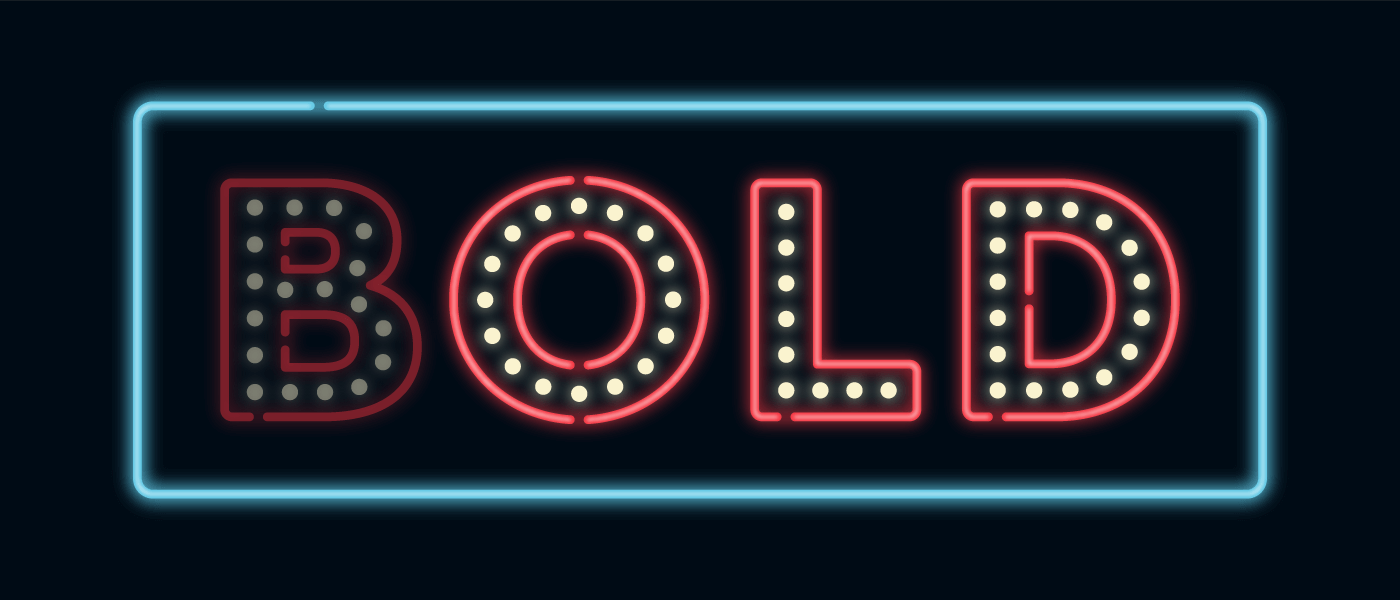For many marketers, rebranding is a tantalizing idea. It’s also a time-consuming process that you need to think deeply about before you dive in. Yes, a rebrand can feel like a fresh beginning, but it’s not always necessary or beneficial. Just because you don’t like your brand’s logo doesn’t mean you need to scratch everything.
As has been well-publicized, a disastrous rebranding can hurt both your reputation and your bottom line. Lest we forget, Gap’s 2010 logo redesign lasted exactly one week, while Tropicana’s sales fell 20% after their 2009 rebrand.
As the adage goes, “If it ain’t broke, don’t fix it.” But how do you know when the time is right?
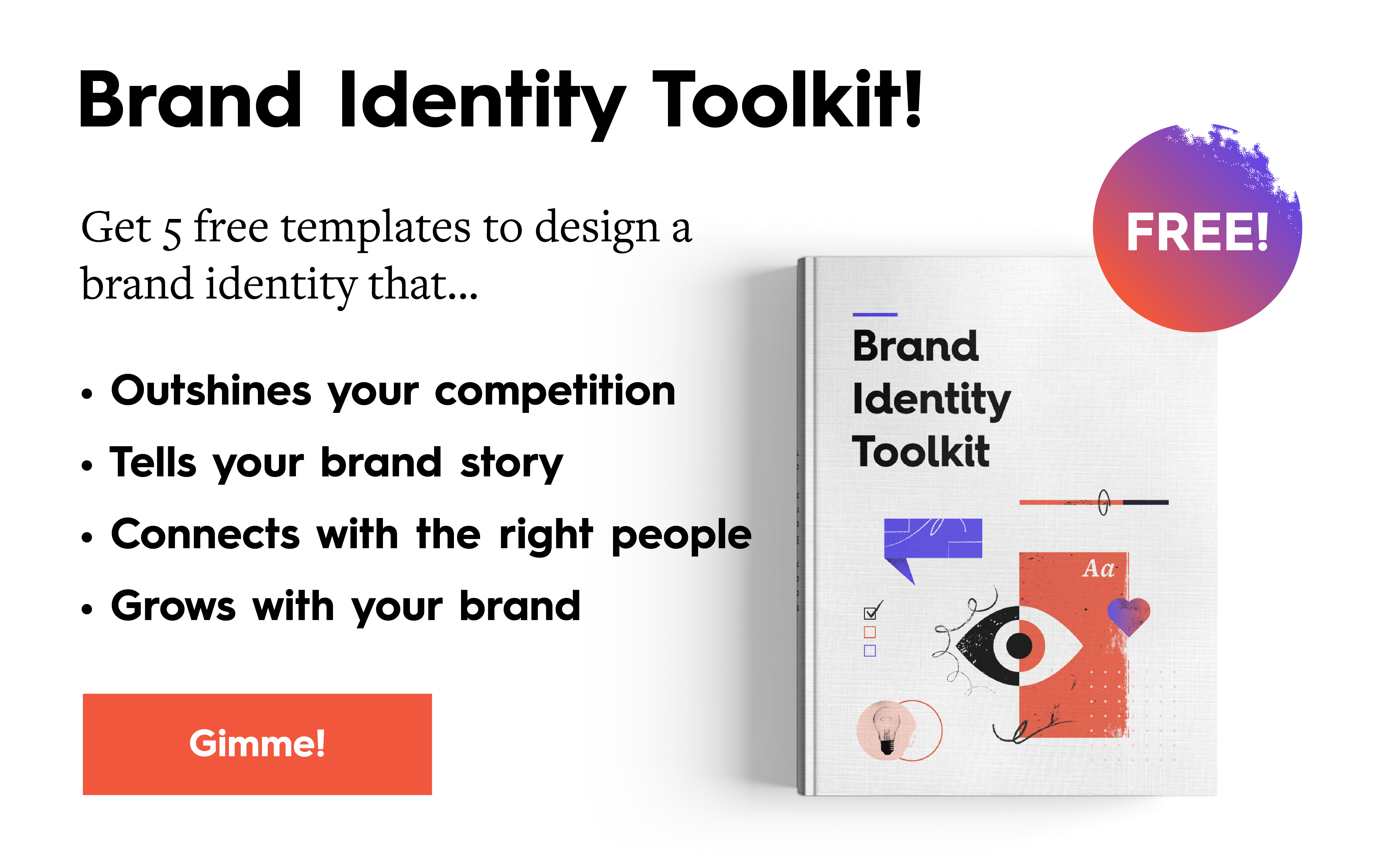
7 Signs It’s Time for a Rebranding
There are certainly reasons to consider rebranding, as we’ll cover below. However, while these may be applicable, no decision should be made without doing significant research, having serious discussions with leadership, and crafting a strong execution plan. (No one has time, money, and energy to waste on a sloppy execution—and, we promise, the Internet will not be kind to your final results if you do it haphazardly.)
That said, if you want to know if a rebrand is the right move, here are seven reasons why it might be.
1) You look like everybody else in your industry.
Industries change and evolve, and savvy brands do their best to keep up. However, sometimes brands start to think in hivemind and subconsciously adopt each other’s traits. There’s no differentiation, no originality, no standing out. (For example, Netflix and YouTube are both streaming-video services that use a red, white, and black palette. When Twitch launched with an in-your-face purple palette, it made a strong visual statement to differentiate.)
Another reason brands can start to look like alike is because they try to one-up each other through rebrands. Just because a competitor changed a logo doesn’t mean you have to. When a rebrand is reactionary, it rarely feels authentic, unique, and original.
You can see this phenomenon happening all across the tech industry, as type designer James Edmonson of Oh No Type Co pointed out:
EVERYBODY FALL IN LINE! pic.twitter.com/B9JU5nvpMu
— OH no Type Co (@OHnoTypeCo) February 13, 2018
If you’ve fallen victim to this, rebranding might be the only way to claim your space and steal the spotlight. (Not sure where you stand in your industry? Follow our tips to do a competitive analysis to find out.)
Example: The Parkinson’s Foundation brand identity could have been mistaken for pretty much any nonprofit organization cause, from “saving the ocean” to “mentoring underprivileged kids.” But a 2018 rebrand by Ultravirgo helped bring focus, life, and a cohesive feel that reflects the organization’s unique mission.
BEFORE

AFTER
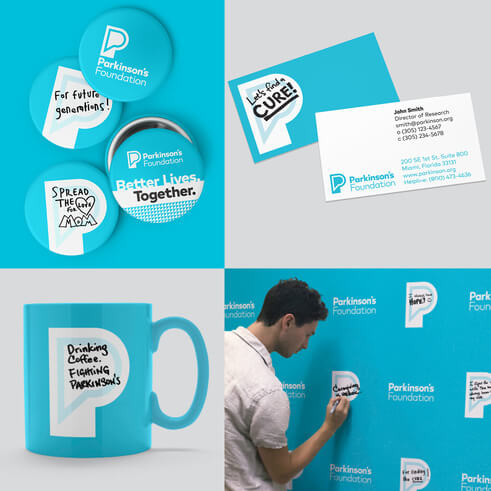
Images by Ultravirgo
2) You’re going after a new audience.
Sometimes your company is looking to attract a new group of people, but your branding is not primed to help you connect with them. (Unsurprisingly, many brands have struggled to attract millennials, whose media consumption habits and values differ from other generations.)
Your brand should always speak to the people you’re trying to reach, so in this case, a rebrand may be the right choice. However, you don’t want to do anything that would alienate your existing customer base (again, think of the Gap reaction). Ideally, your rebrand would be something that enhances your brand identity in a way that appeals to both existing and new customers.
Example: Coca-Cola’s recent rebrand of Diet Coke (with help from Kenyon Weston) is aimed at grabbing millennial attention through new flavors and fresh, sleek, colorful cans.
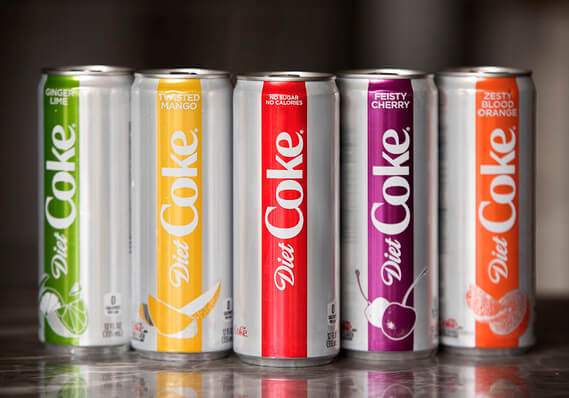
3) Your brand has expanded.
With any success comes the urge to expand—regardless of industry. However, many brands have identities that don’t reflect their current brand strategy or offerings. They may be constrained by cumbersome logos that don’t adapt well for the web or by names that are too product-specific.
If you haven’t had a rebrand since your founder’s great grandfather started the business, you’re probably in need of a rebrand that is modern, flexible, and future-proof.
Example: Over the last 87 years, Ad Age has evolved from a one-sheet to a multi-platform media brand. Its 2017 rebrand by OCD gave the brand a bolder, more colorful identity, suitable for web, print, and any other media.
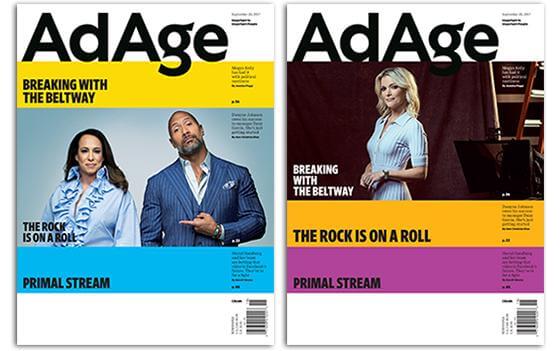
4) Your brand is painfully outdated.
This is probably the number one reason brands want to rebrand. If the look and feel of your brand is stale and you’re embarrassed to go on your website, a rebrand might be in the cards.
This is a common problem for industries that evolve quickly. (FYI, Google has had seven logos over the last 20 years.) The instinct to rebrand is understandable; however, there is a difference between an old logo and an outdated logo. If you have a well-established brand, it’s best to do solid audience research before tossing the old one out. Again, the infamous Gap logo disaster saw a backlash because the brand tried to “modernize,” when consumers felt far more connected to the iconic logo.
Example: Sometimes modernization is simply a subtle tweak. In 2016 Pentagram designed a new logo for Mastercard, creating a modern feel while retaining the iconic overlapping circles. It was a simple way to bring their ‘90s-inspired design into the future.

5) It doesn’t reflect your values.
As you surely know, people (especially millennials) want to align themselves with brands whose values they share. If you’ve crafted a strong brand strategy and articulated your Brand Heart (your purpose, vision, mission, and values), you should know what your core principles are.
However, if your Brand Heart has evolved or wasn’t properly articulated when your brand identity was created, it may not be reflected in your brand identity.
Example: ACLU’s mission is “to defend and preserve the individual rights and liberties guaranteed to every person in this country by the Constitution and laws of the United States.” To introduce a patriotic, inclusive feel, they collaborated with Open to rebrand with a new logo that incorporates red, white, and blue—and is flexible enough to be personalized for individual chapters.
BEFORE

AFTER
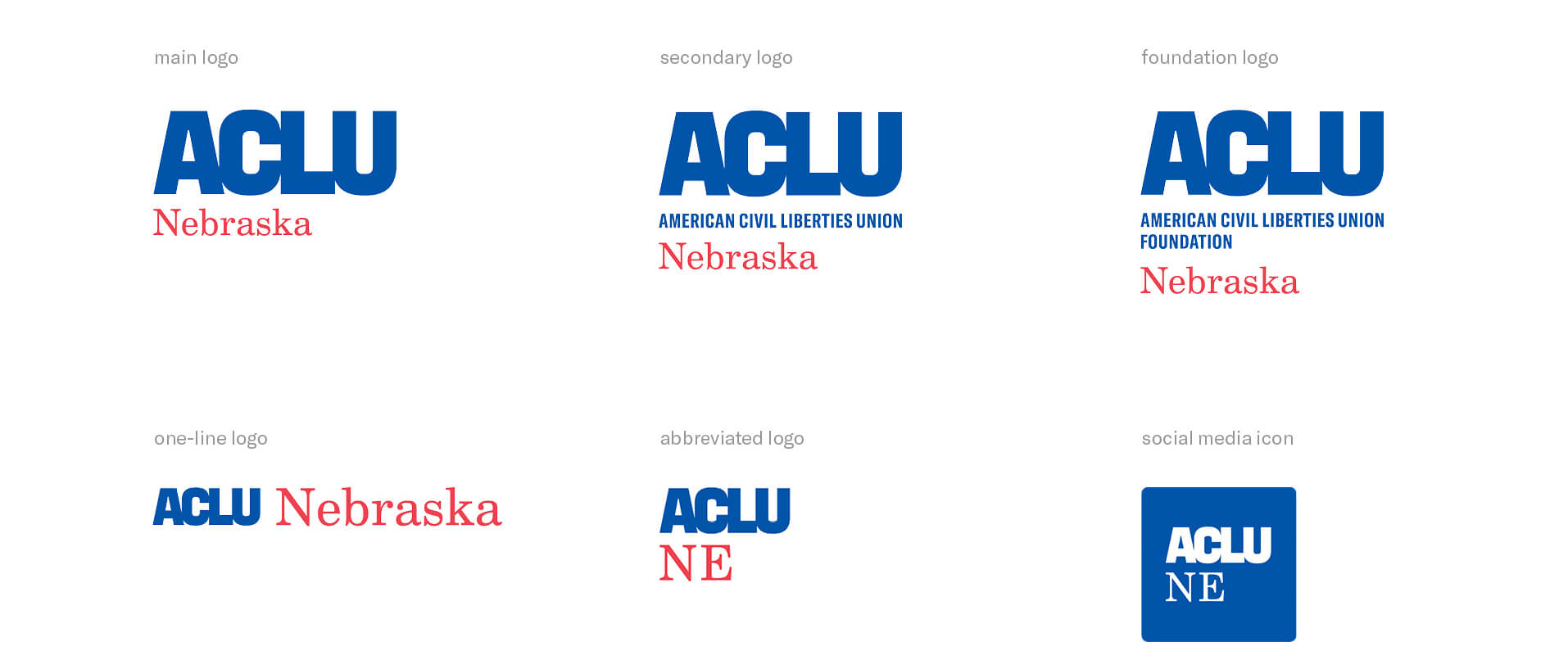
6) You’ve dealt with bad press.
As Tungsten Branding President Phil Davis told Ad Age in the wake of the Harvey Weinstein scandal, “Good branding can’t cover up bad behavior.” However, if you’ve found yourself in hot water and have taken measured steps to make things right and align your values to your practices, then a rebrand might help you move on.
Example: The Lance Armstrong Foundation rebranded as LIVESTRONG after its founder was embroiled in a doping scandal. The new name is so popular that its earlier iteration has been pretty much forgotten.

7) You’ve merged or acquired.
With new ownership or partnership comes a new era, so it makes sense to rebrand. (According to the 2017 Landor M&A Brand Study, which analyzed the behavior of S&P Global 100 companies over the past 10 years, 74% of all companies rebranded an acquired asset within the first seven years.)
But this type of rebranding should be done with care—and with common sense. For example, Verizon was a successful rebrand, born from the merger of Bell Atlantic and GTE. However, Yahoo was widely mocked when it was renamed Altaba.
Remember: Don’t Make the Decision Lightly
A rebrand may be right for you as long as it aligns with your brand strategy. If you do decide that it’s the way to go, take care to approach your rebrand methodically and strategically.
If you’re ready to proceed, follow our rebrand tips to help things go smoothly from start to finish.
- Get buy-in. You need everyone on your team to be aligned before you dive in, so make sure everyone is on board from the beginning.
- Communicate why you’re rebranding. Having reviewed the reasons above, you should know exactly why you’re rebranding. Most importantly, make sure your team understands knows the reason, as it will influence every decision they make throughout the process.
- Assemble your team. Find out how to build a brand team to guide your rebrand.
- Follow best practices. Save yourself time, resources, and frustration with our step-by-step guide to do a rebrand in 10 steps, which includes our best tips and tools to get you through the process as painlessly as possible. You should also learn how to avoid the most common rebrand mistakes, as there are a lot of little things that can cause big problems in a rebrand.
- Glean inspiration from other brands. Take a look at these 25 examples of brands that rebranded the right way.
- Use tools to make life easier. A rebrand can be time-intensive, so bookmark these 100+ handy tools to build a brand identity.
And if you need help at any stage, bring in reinforcements. Follow these tips to find a creative agency, or hit us up.

